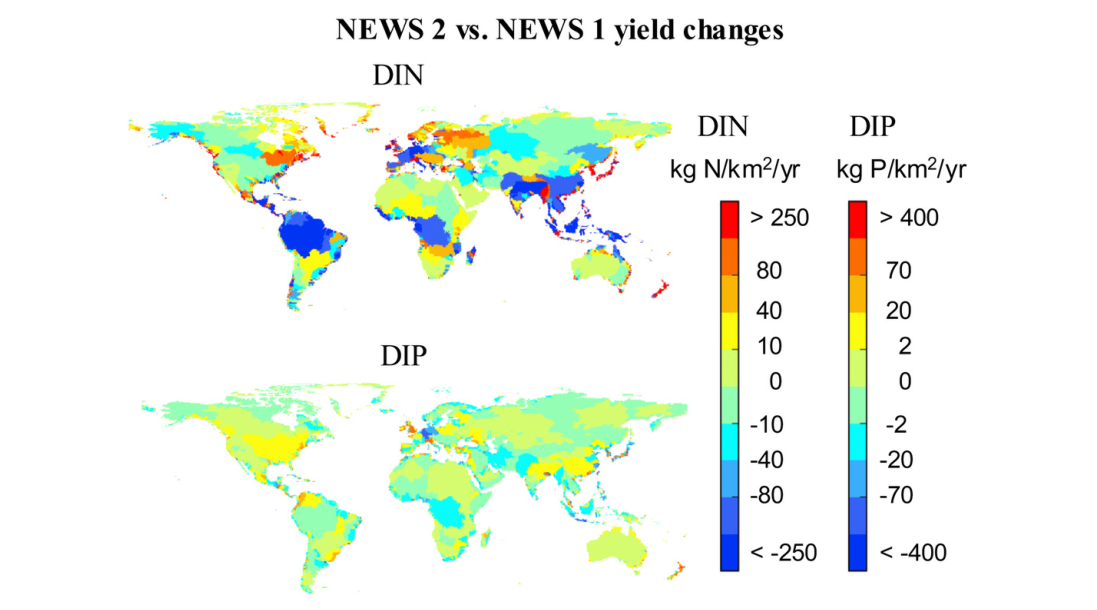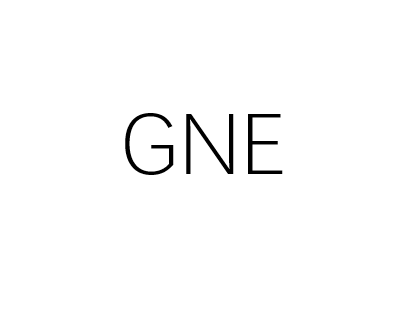This model was developed as part of an international interdisciplinary effort to model river export of multiple bioactive elements (C, N, P , and Si) and elemental forms (dissolved/particulate, inorganic/organic) called Global Nutrient Export from Watersheds (Global NEWS).
Global NEWS is a global, spatially explicit, multi-element and multi-form model of nutrient exports by rivers. The NEWS 2 model was implemented in a Python framework – the Global NEWS modeling Environment (GNE) – developed for the Millennium Ecosystem Assessment scenarios project described here. A description of GNE and user documentation are available at: http://www.marine.rutgers.edu/globalnews/GNE.
NEWS 2 model code consistent with the terminology presented here, together with sample configuration and input and output files, are available at this web site. An earlier version of the model code was used to produce the results described here.
NEWS 2 is the first global, spatially explicit model to assess river export of multiple nutrients in a consistent way. It includes improved and unified representation of river basins, model
formulations and model inputs. A strength of NEWS 2 is that nutrient form sub-models have been implemented in a fully integrated fashion to analyze past and future trends, ensuring consistency in model inputs and calculations. Nutrient sub-models remain approximately as robust as NEWS 1 sub-models while providing additional capabilities and more consistent drivers. NEWS 2 can serve as an effective tool to analyze the effects of policies to reduce negative coastal impacts at regional from basin nutrient exports at regional to global scales. Here, we discuss ongoing and potential future enhancements.
The Global NEWS model evolved from a focus on basin-scale inputs and export of nutrients to the coast. However, improvements in the representation of spatially distributed watershed inputs and retention mechanisms along the path from terrestrial sources to the river mouth are enabling more complex analyses of the large-scale, coupled transformations and fate of nutrient forms. Constraining the generation and retention of nutrients forms from land to river systems to the coast at regional to continental scales remains a significant challenge. NEWS 2 represents an important contribution in this regard. Further enhancements will likely require addressing spatial heterogeneities within basins.

For principles and details on the GNE model, see the literature: "Global Nutrient Export from WaterSheds 2 (NEWS 2): Model development and implementation".









